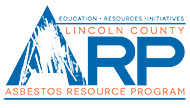
Most vermiculite is not contaminated with asbestos. However, the vermiculite ore taken from a mining operation in Libby, Montana, was contaminated with asbestos amphibole minerals, including tremolite and actinolite. Learn more about the history of asbestos in Libby below.
What is Vermiculite?
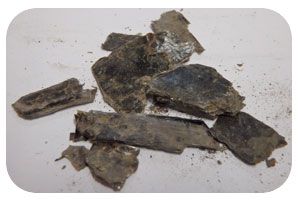
Vermiculite is a naturally occurring mineral mined in the United States, Brazil, Argentina, Mexico, South Africa, Zimbabwe, Kenya, Uganda, Egypt, India, Russia, China, Japan and Australia. Vermiculite has a flaky, mica-like structure that is flat and shiny in its natural state and puffed and dull when expanded.
A Short History
During the 1920s the Zonolite Company formed and began mining the vermiculite at Zonolite Mountain. In 1963, W.R. Grace bought the operations. The mine itself was approximately six miles from the town of Libby. A transfer facility was located approximately three miles from Libby where vermiculite was loaded on trains or trucks.
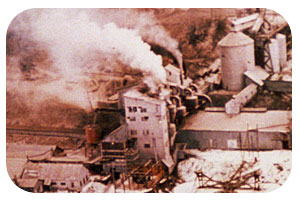
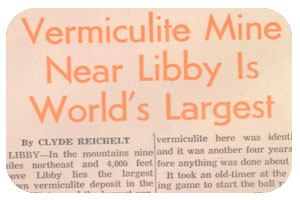
At its peak, the Libby mine may have provided 80 percent of the world’s vermiculite, most of which was contaminated with what would become known as Libby Amphibole Asbestos. The contamination was not limited just to the mine site; Libby residents were able to pick up free truckloads of asbestos-contaminated vermiculite for use at home.
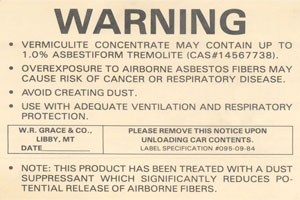
The EPA Responds
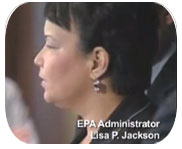
Lincoln County ARP is Born
